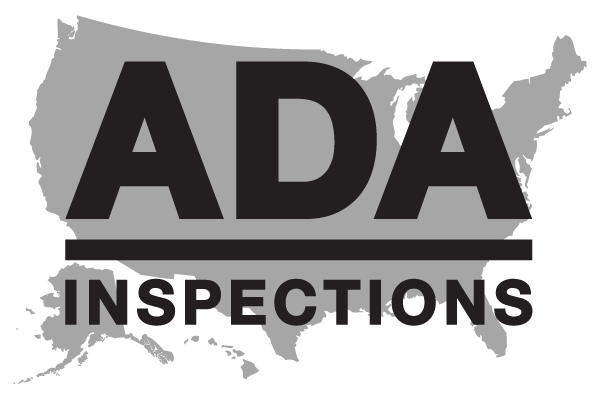Accessible Tent Pads and Tent Platforms at US Forest Service Facilities
Information reproduced from the USDA Accessibility Guidebook for Outdoor Recreation and Trails.
Tent Installation on a Tent Pad
Tent pads and tent platforms at single camping units in a recreation area managed by the US Forest Service must meet the requirements in Forest Service Outdoor Recreation Accessibility Guidelines (FSORAG) and should be connected to the area’s other major constructed features by an outdoor recreation access route (ORAR). At least 20 percent (but not less than two) of the tent pads or tent platforms in group camping units that contain more than one tent pad or tent platform must meet the following requirements and be connected to the area’s other major constructed features by an ORAR. The photo on the right is representative of a tent installation on a tent pad.
A tent pad is a groomed ground surface at a camp site that is intended for a tent installation. A tent platform is a constructed floor for the purpose of pitching one or more tents upon. Typically, a platform is a wooden deck near a hiking trail that provides the hikers a clean and even place to sleep.
There should be a 48-inch (1,220-millimeter) minimum clear floor or ground space on all sides of tents on tent pads and platforms that are required to be accessible. Where there is a condition for an exception, the clear floor or ground space only has to meet the size requirement to the extent practicable.
There is no minimum tent pad size because the types of tents commonly used in recreation sites vary widely in different parts of the country and even in different parts of a single district. For example, at a campground near a wilderness access point, small tents may be used. Large family tents may be common at a more developed campground with numerous constructed features.
Local campground managers are the best source of information about the size of tents commonly used in an area. Adding the 48-inch (1,220-millimeter) or 36-inch (915-millimeter) clear space to the size of a typical tent will determine the minimum size of tent pads and platforms for that campground. Designers may want to provide a range of tent pad or platform sizes to accommodate a variety of tents. The slope of an accessible tent pad or platform should not exceed 1:48 (2 percent) in any direction, except when the surface is not paved or built with boards, the slope may be up to 1:33 (3 percent) if needed for proper drainage. The graphic below shows the requirements for tent pads and platforms.
Requirements for Tent Pad Slope and Clear Space
The surface of an accessible tent pad or platform should be firm and stable, should be able to accommodate the use of tent stakes or other devices to secure the tent, and should be made of a material that is appropriate for the level of development and setting. The photo below is representative. Where there is a condition for an exception, the surface only has to be as firm and stable as is practicable.
Tent Pad Surface that is both Accessible and Appropriate for the Setting




